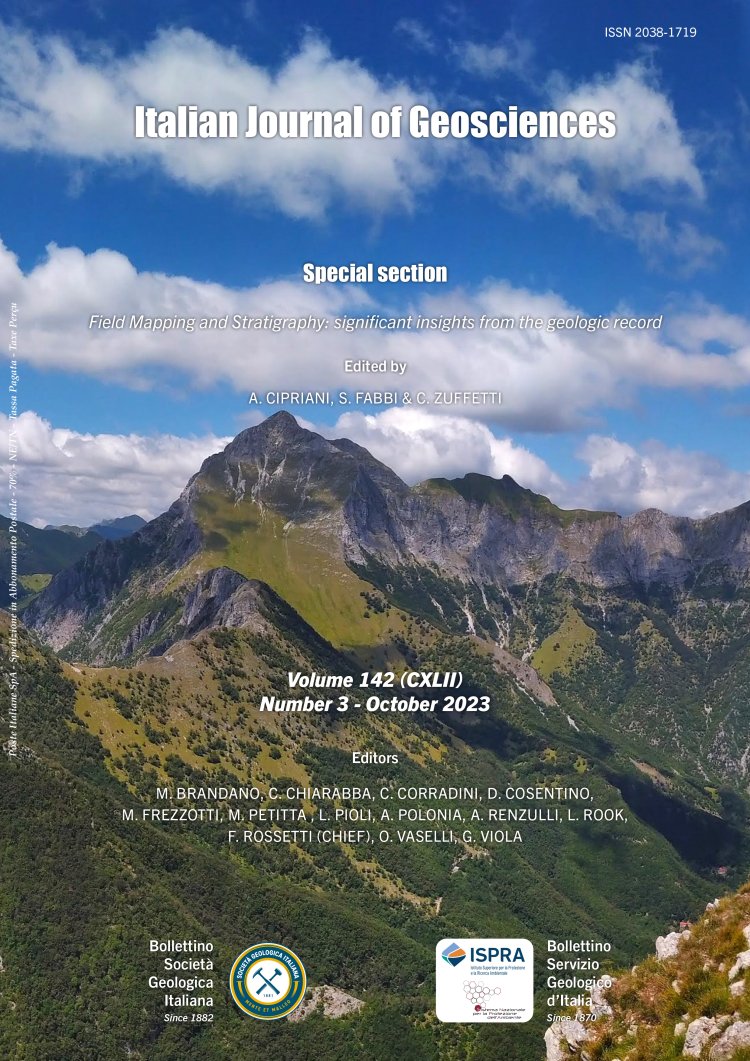
The intra-orogenic normal Lakes Fault (Sila, Calabria, southern Italy): new insights from geodetic and seismological data
Mimmo Palano1,2, Andrea Billi2, Alessia Conti2, Marco Cuffaro2, Barbara Orecchio3, Debora Presti3, Silvia Scolaro3, Federica Sparacino1 & Cristina Totaro3
1Istituto Nazionale di Geofisica e Vulcanologia, Osservatorio Etneo - Sezione di Catania, Catania, Italy.
2Consiglio Nazionale delle Ricerche, IGAG, Roma, Italy.
3Department of Mathematics, Computer Sciences, Physics, and Earth Sciences, University of Messina, Messina, Italy.
Corresponding author e-mail: mimmo.palano@ingv.it
Volume: 142 (2023) f.3
Pages: 384-397
Abstract
The Calabrian Orogenic Arc (COA) is affected by active extensional and strike-slip tectonics as documented by the presence of N-S and NE-SW trending intra-montane basins bordered by faults, whose slip has caused many destructive earthquakes during the last millennium. By focusing on the central sector of the COA (Sila Massif) through the analysis of new seismological and geodetic datasets, we observed some relevant differences (e.g., seismic activity and hypocentral depths, faulting style, geodetic strain, vertical rates) between its western and eastern sector. The transition between the two sectors occurs in the area of the Lakes Fault, a NW-SE striking and west-dipping fault indicated as the causative source of the 8 June 1638 M 6.8 earthquake. By modelling of the available geodetic data, we inferred a dislocation plane whose geometry and kinematics (a prevalent dip- slip component coupled with minor left-lateral strike-slip) is compatible with the real fault reported in literature. This fault only accounts for a small amount of the deformation across northern COA and divides the seismically more active western sector from its eastern counterpart with appreciable geodetic strain and moderate seismicity. Results are encouraging and a similar approach can help in other regions where surface evidence of active faults are rare or non-existing and field geological investigations are hence difficult.
Keywords
Get Full Text